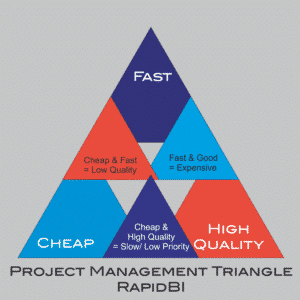Subscribe to Our Newsletter
Stay updated with the latest tips and strategies. Get additional discounts and alerts on offers.

Here is a compilation of the 6 most common content marketing challenges and new ways to approach the same.



The effectiveness of a content editorial calendar is immense. It might seem like a no-brainer to most, but to content marketers, a calendar can be their key to success.
Having a calendar is not only about creating a schedule and sticking to it. A calendar also allows marketers to visualize their content plan for a certain period. Getting access to a content calendar is essential to ensure that no two pieces of content overlap.

A calendar further allows you to prioritize your content according to its relevance. One of the best ways to create a routine is to categorize the pieces based on the total time of completion accordingly. Another method of segmentation is done based on priority.
Organizing your content into a proper editorial calendar will help you identify tasks based on priority, eliminating all possibilities of getting caught in trivial tasks.
Takeaway: Create a proper content publishing calendar by prioritizing tasks.

First, determine the purpose of the content, or what it is trying to accomplish. Are you trying to generate more leads? Or do you want to be recognized as a thought leader? Without clear goals, it is difficult to measure your content’s ROI.
Not measuring your ROI will not allow you to decide whether or not your content is working. Various tools such as Google Analytics give you real-time proof relating to your content.
Simply blogging and hoping everything else will fall in place is not the right approach to content marketing. You need a plan, and you need to measure the efficiency of your project. Measuring ROI is the right way to do so.
Takeaway: Always measure the ROI of content published using various metrics.

Content goes to waste if it doesn’t reach the target population. Thus, knowing about your potential audience is pivotal.
But how to create a buyer’s persona?
Well, it is simple. To begin with, you need to shortlist the hurdles your prospects face regularly. By asking them direct questions, you can discover their pain points. Marketers also often segment their audience based on demographics, geography, preferences and so on to get a more targeted audience.
You can conduct surveys on social media channels to get a detailed insight into your potential prospects.
But to ensure that your content is worthy, find out who your audience is.
Takeaway: Create a buyer’s persona to target content to the right people.
Also Read: How to Find Right Target Audience

To get more amazing tips on content marketing, subscribe to our blog. Overcome all content marketing challenges and take your business to the pinnacle of success.
Show Some Love!

Subscribe to Our Newsletter
Stay updated with the latest tips and strategies. Get additional discounts and alerts on offers.
Related Articles
Subscribe to Newsletter
Stay up to date with the latest marketing, sales, and service tips and news.
Limited Time! Celebrate the spirit of freedom with 30% OFF on all B2B databases.
Unlock high-quality leads and drive your campaigns further with accurate, verified data trusted by thousands of businesses.
Don’t miss out—power up your marketing while the offer lasts!
